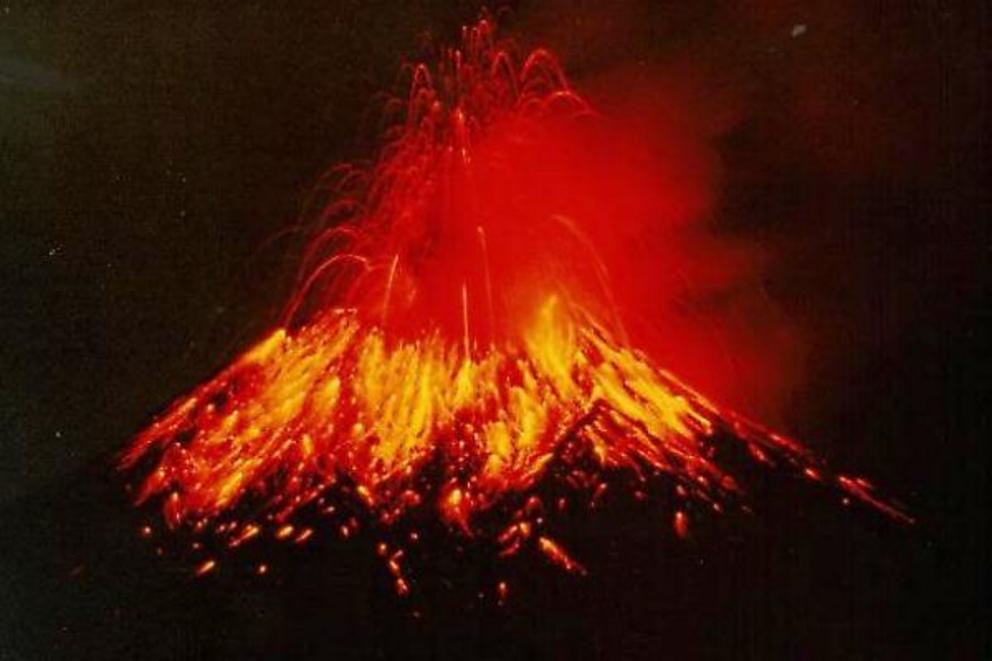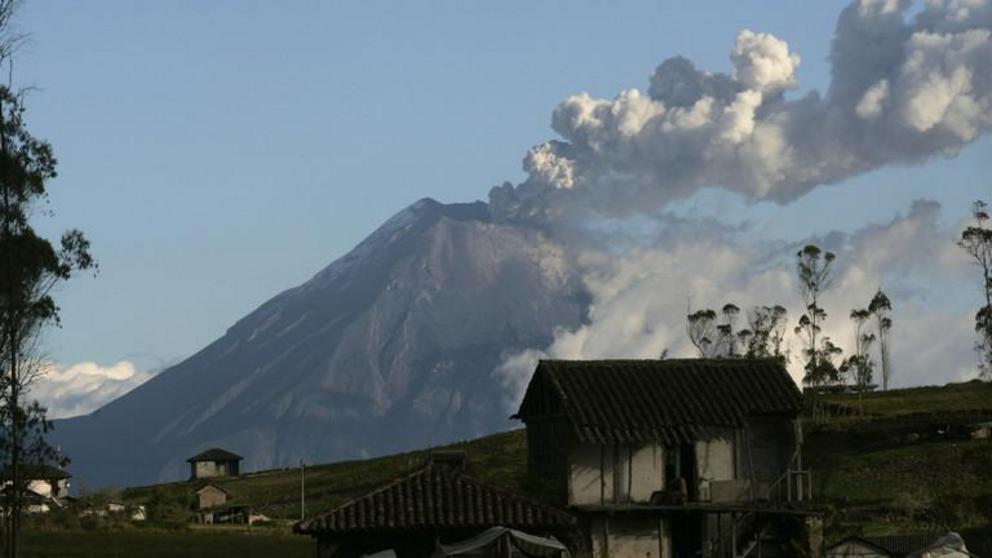‘Throat of fire’ volcano signalling imminent, devastating COLLAPSE
Scientists are warning that the Tungurahua volcano in Ecuador is showing early signs of impending catastrophic collapse, after satellite data showed substantial internal damage from ongoing magma activity.
Tungurahua, has been persistently active since 1999 so wear and tear was inevitable, especially given that the 'Throat of fire,' or 'Black giant' as the Quechua indigenous people named it, has already collapsed twice before thousands of years ago.

Tungurahua erupting on November 2nd, 1999. © US Geological Survey
"Using satellite data we have observed very rapid deformation of Tungurahua's west flank, which our research suggests is caused by imbalances between magma being supplied and magma being erupted," says geophysical volcanologist James Hickey from the University of Exeter in the UK, whose worrying research was recently published.
Tungurahua previously collapsed at the end of the Late Pleistocene, after which it then rebuilt itself for thousands of years, before collapsing again about 3,000 years ago.
Such collapses can trigger massive landslides and pyroclastic flows, which can travel for tens of kilometers. For example, the collapse 3,000 years ago is thought to have laid waste to an area of roughly 80km sq (11,000 football fields).
Meanwhile, an eruption in 1999 forced the evacuation of some 25,000 people, so the impact on human life in the area should the volcano collapse again would be truly staggering.
The team admits, however, that magma supply is just one of many risk factors which should be closely monitored to mitigate risk and protect life in the area.
"Magma supply is one of a number of factors that can cause or contribute to volcanic flank instability, so while there is a risk of possible flank collapse, the uncertainty of these natural systems also means it could remain stable," Hickey says.

